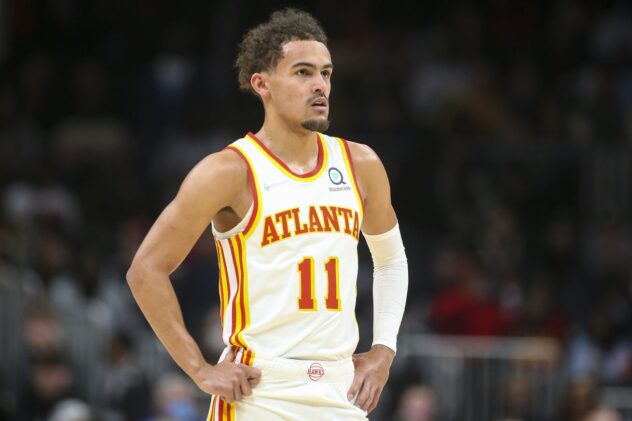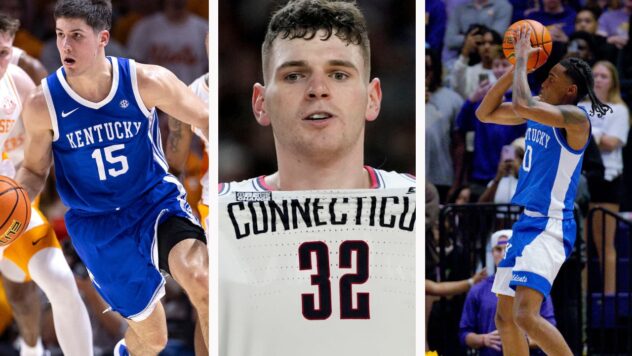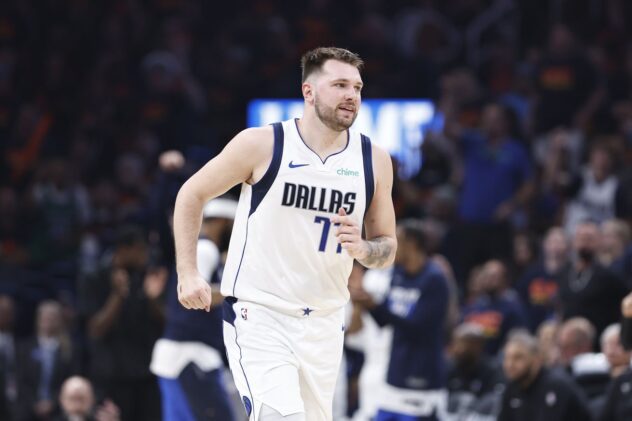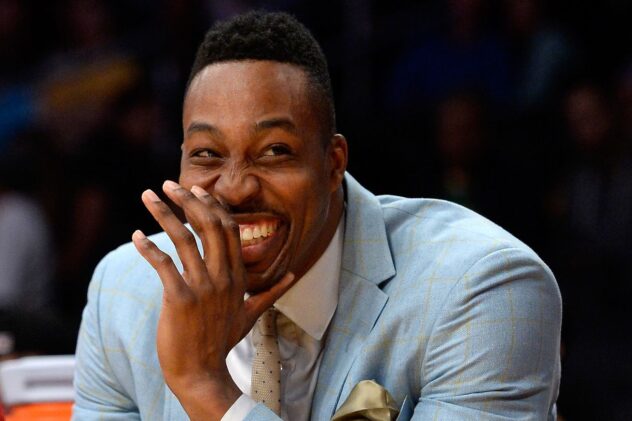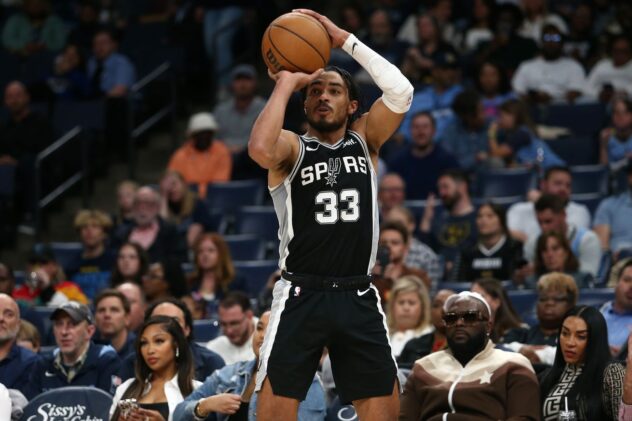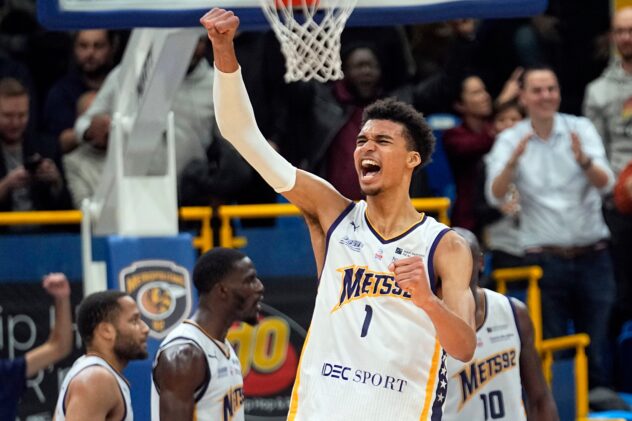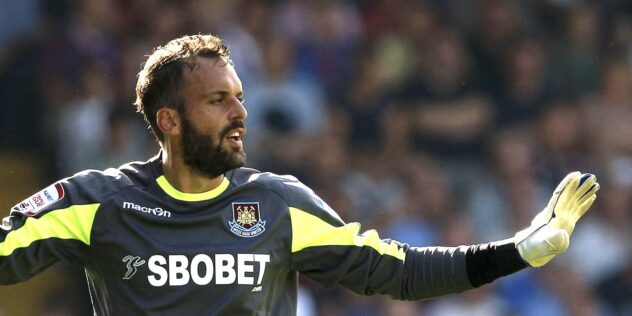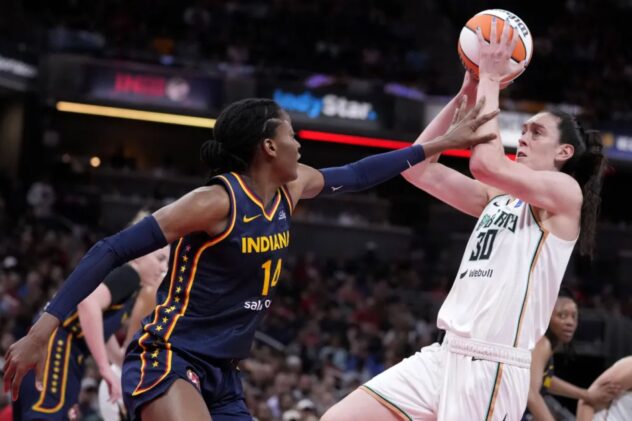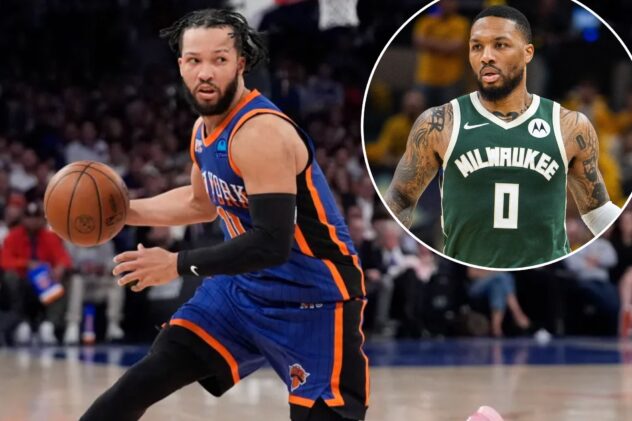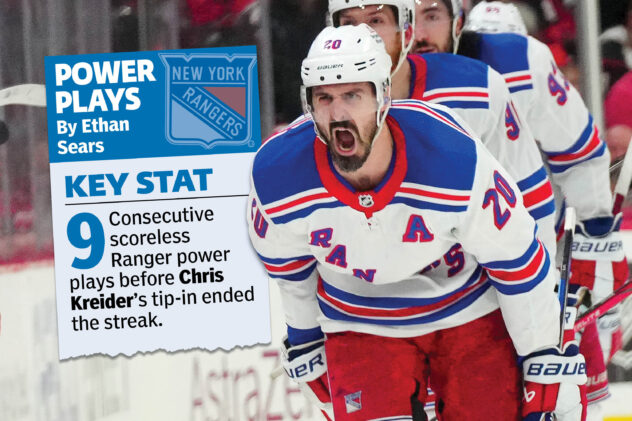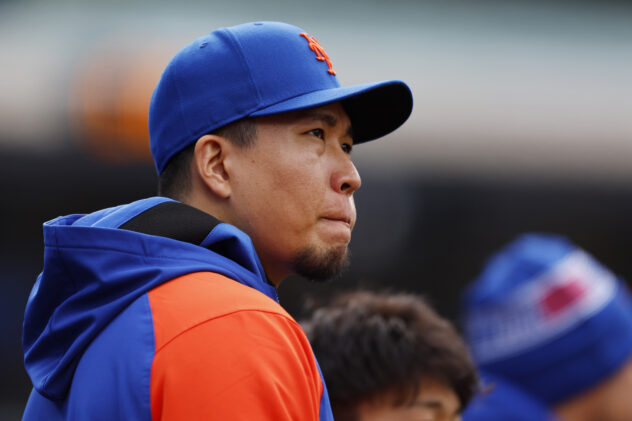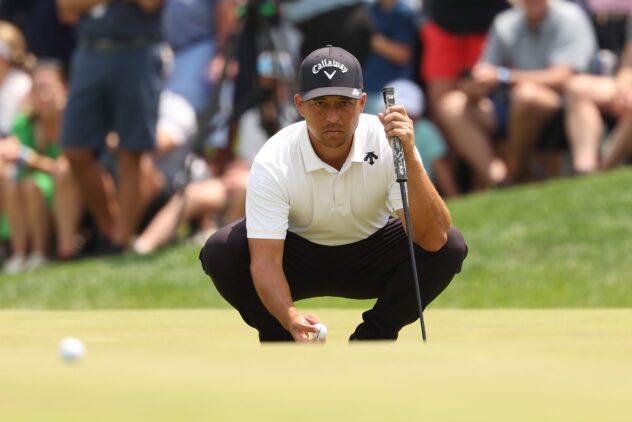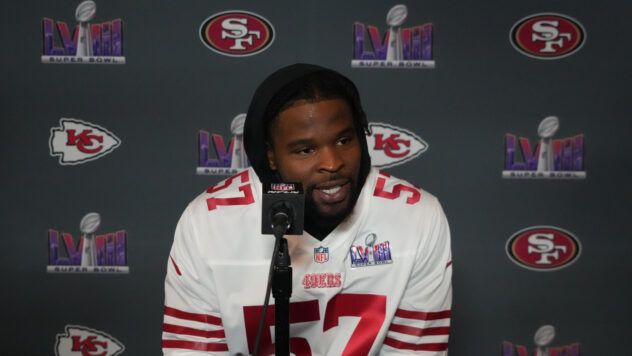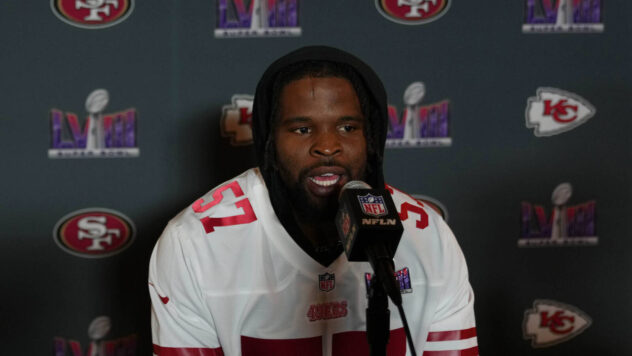The 3 worst moves in the Spurs’ recent history
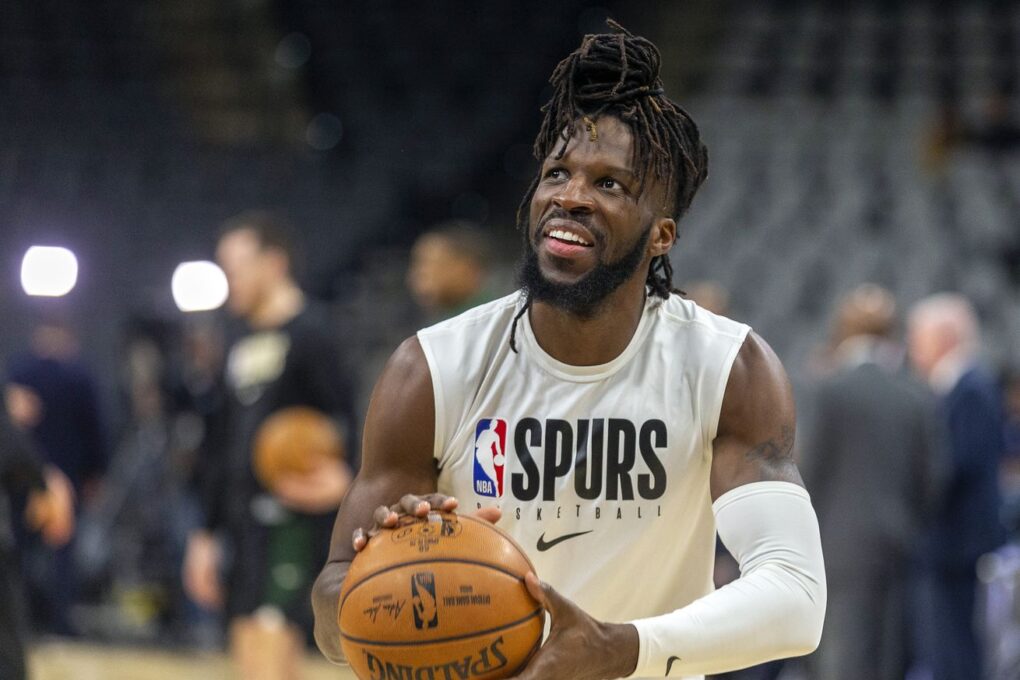
The Spurs are in a good place right now, but they had to learn from some mistakes to get there.
We are in the quiet days of the offseason now. The draft and free agency are behind us and preseason won’t start for a while. There are no new Victor Wembanyama highlights coming in to entertain Spurs fans and there has been a lot of time to think about the future.
So instead, let’s look at the past for a second to see how the Spurs got here. We’ll be looking at the three worst and the three best moves the franchise has made in the past 10 years, trying to find some lessons. We’ll start with the worst and end on a positive note.
First, some rules. To be classified as bad the moves need to involve some future risk. Bringing in David West in 2015 instead of an athletic center wasn’t the best idea, but West signed a one-year minimum deal. Similarly, if a big asset wasn’t used on someone who didn’t pan out, it’s hard to consider the mistake significant. Picking Luka Samanic with the 19th overall pick in 2019 was a bad decision, but that low in the draft there are no sure things.
With that in mind, let’s get into it.
3 – The Spurs re-sign 37-year-old Pau Gasol to a three-year, $48 million contract
It was very easy to downplay how bad this move was when it happened. Gasol had opted out of his previous contract in part to give the Spurs some potential wiggle room to add more talent and retain some key players. After the moves, the front office handed him a contract that was almost exactly the maximum they could offer without getting into tax territory. It was similar to what they did in 2016 when they brought back an aging Manu Ginobili on a one-year, $14 million contract. San Antonio was over the cap, so who cares how much Pau makes, right?
Well, the problem was that it was evident that Pau was not an ideal fit next to LaMarcus Aldridge and was not on the same timeline as then-franchise star Kawhi Leonard. As expected, Gasol was relegated to a smaller role in his second year and eventually waived after the trade deadline. The front office brought back an aging player that wasn’t really a good partner for their frontcourt stars on a contract that made Gasol have a negative value on the trade market while refusing to modernize their lineups to feature a more mobile power forward. It was exactly the type of short-term move that showcased the franchise’s risk-averse, unimaginative approach at the time.
2 – The Spurs sign DeMarre Carroll, trade Davis Bertans and get betrayed by Marcus Morris
Ah, the summer when everything that could have gone wrong did. After Kawhi Leonard left, the Spurs made the playoffs and got excited about their new core. Dejounte Murray was coming back after missing the entire 2018/19 season so they thought in order to take the next step they needed to get more defense and versatility for their small-ball lineups. They first re-sign Rudy Gay and then agree to terms with Carroll. Then, out of nowhere, they seem to also secure the services of Marcus Morris. Getting both meant having to move Davis Bertans on a sign-and-trade to free up the mid-level exception for Morris, but that seemed like a fair price to pay to get guys that could in theory man both forward spots and give the team more of an edge. It wasn’t the huge splash the team probably needed at that point, but it was a defensible set of moves. Then everything went awry.
First, Morris backed out of the deal and signed with the Knicks instead. At that point, it was too late to keep Bertans since a trade had already been agreed upon. The Spurs still got Carroll, who was their first target, but Gregg Popovich clearly wasn’t a huge fan of the veteran, who barely played even in preseason. Pop was right about Carroll’s ability to be a rotation player, as the forward didn’t stick in Houston after being waived and never played in the NBA again. With the mid-level exception, the team settled for the serviceable Trey Lyles, but a summer that was supposed to be about taking a step forward became a disappointment, as it was followed by the team missing the playoffs for the first time in 22 years.
1 – The Spurs trade Kawhi Leonard and Danny Green to the Raptors for DeMar DeRozan
The move that delayed the inevitable rebuild by five years. After being put in a terrible bargaining position by an injured Kawhi Leonard’s trade demand, the Spurs for offers. The Lakers seem like the obvious partner but whether it was because San Antonio’s front office simply didn’t think LA’s “Godfather offer” was good enough or because they didn’t want to send Leonard to a rival, a trade never materializes. San Antonio is left trying to look for avenues to get a good return back but the 76ers and Celtics are not willing to part with any of their young stars. Out of nowhere, a mystery suitor appears. It’s the Toronto Raptors, who offer DeMar DeRozan, Jakob Poeltl and a first-round pick for Leonard and Danny Green. The Spurs accept, ostensibly with the objective of remaining a playoff team in mind.
Everyone knows what happens next. The Spurs make the playoffs once in the DeRozan era, as the wing scorer and LaMarcus Aldridge don’t really mesh well, but never pick in the top half of the lottery. They remain in the play-in hunt and some of their young players develop into solid contributors, but no one blossoms into a superstar. Time runs out on the experiment once Aldridge is waived and DeRozan becomes a free agent. The core in left in place after is simply not good enough to build upon, so the front office first trades Derrick White, then Dejounte Murray and later on Jakob Poeltl. San Antonio finally bottoms out, arguably five years too late, after making the initial mistake of betting on an Aldridge-Derozan duo that seemed destined to fail from the start.
Do you agree with the order, Spurs fans? Is there a move you think should have made the list? Let us know in the comments.

